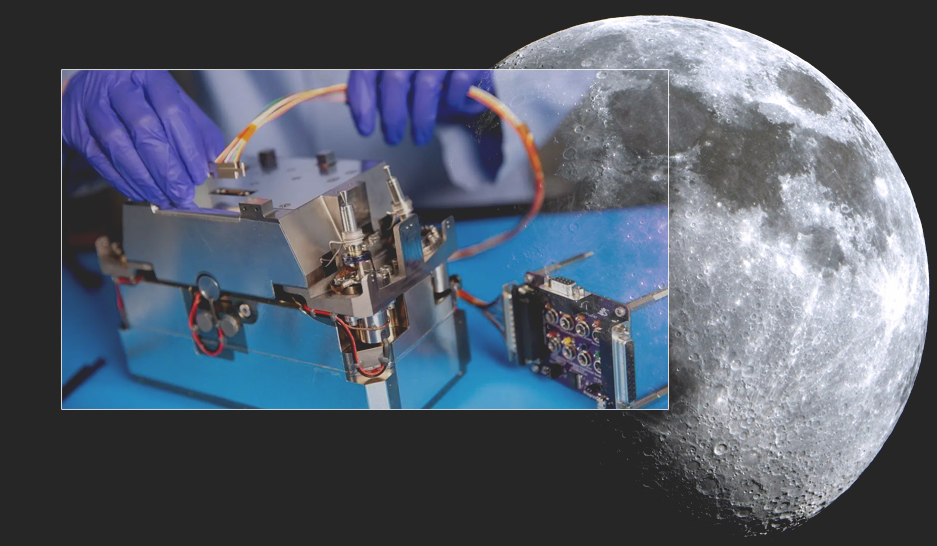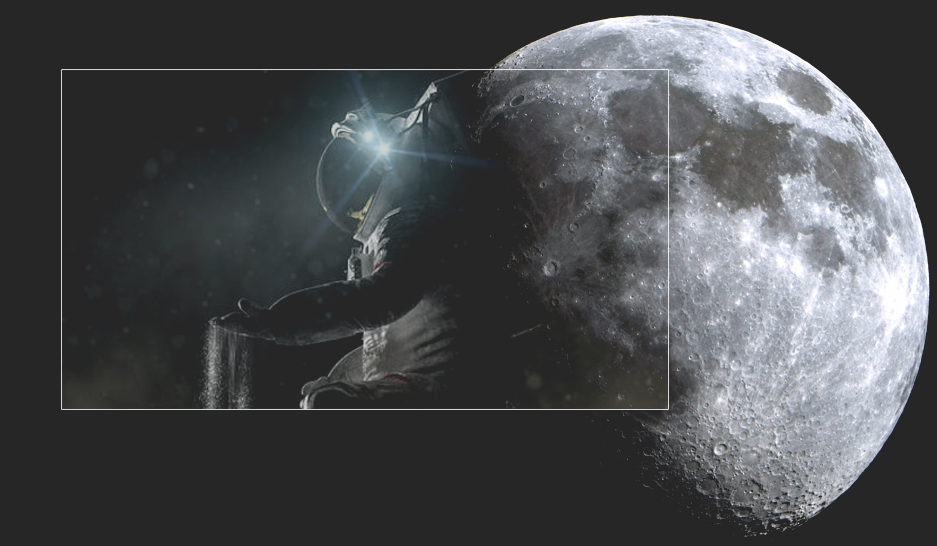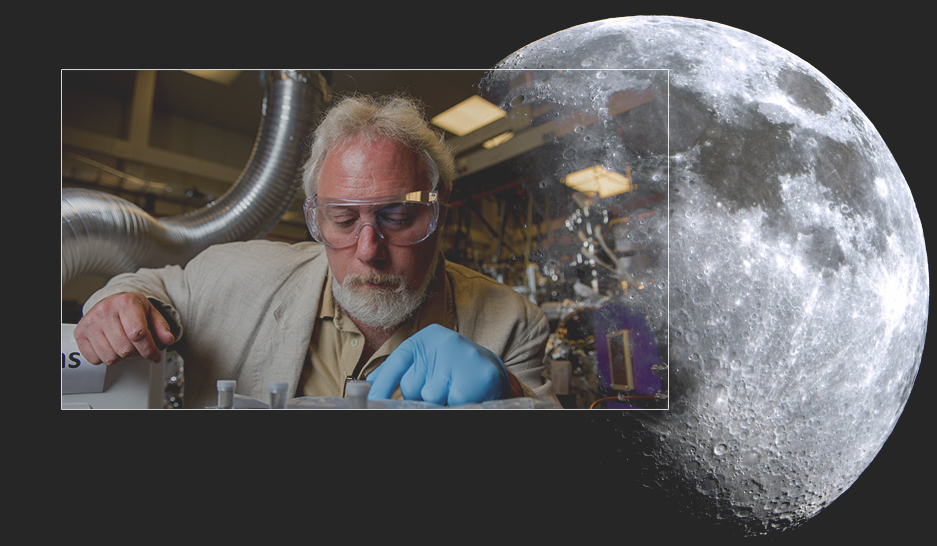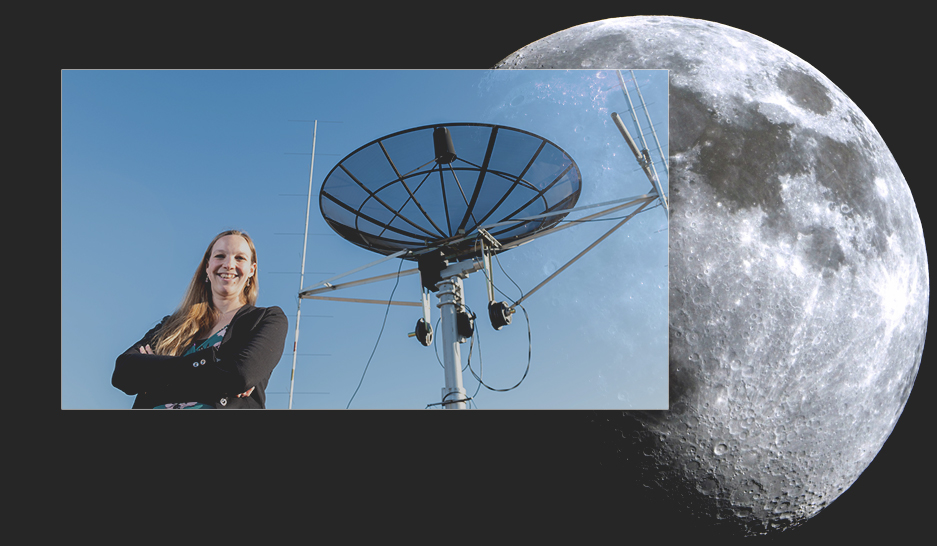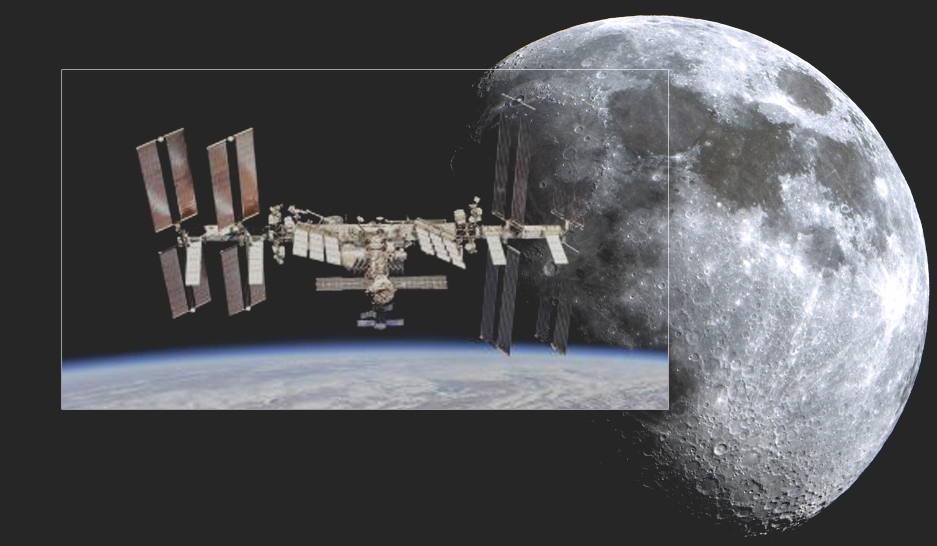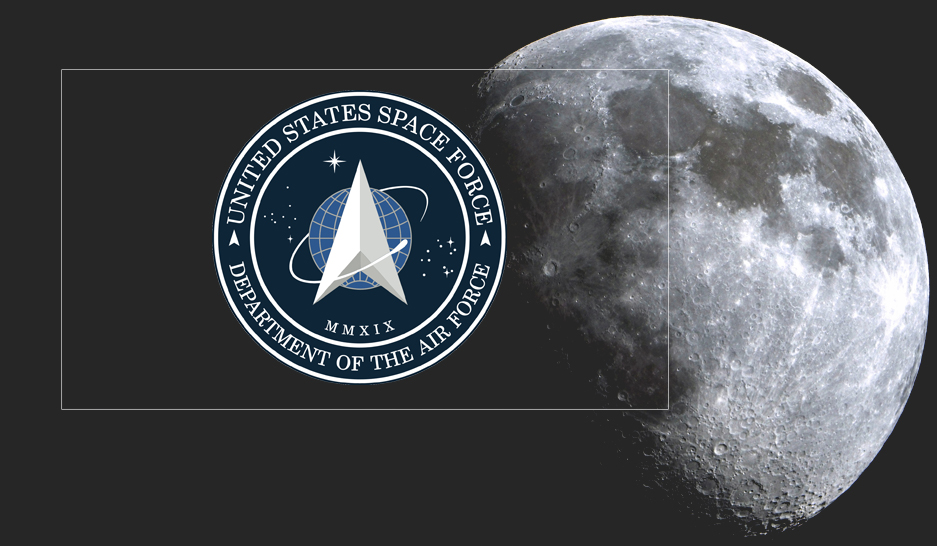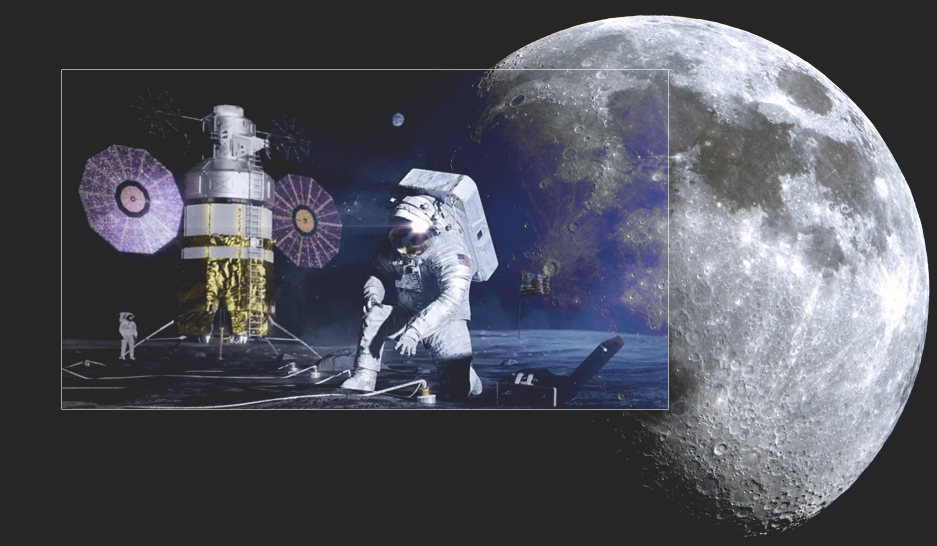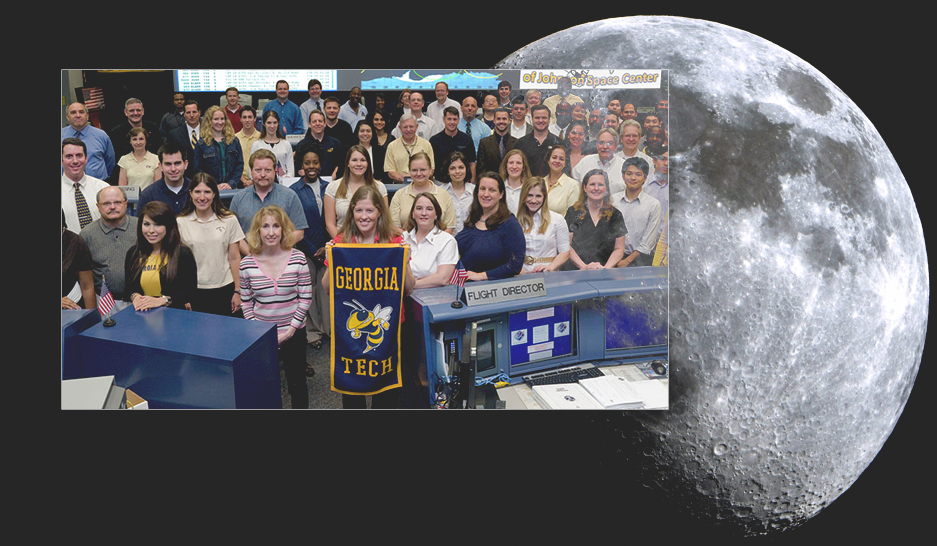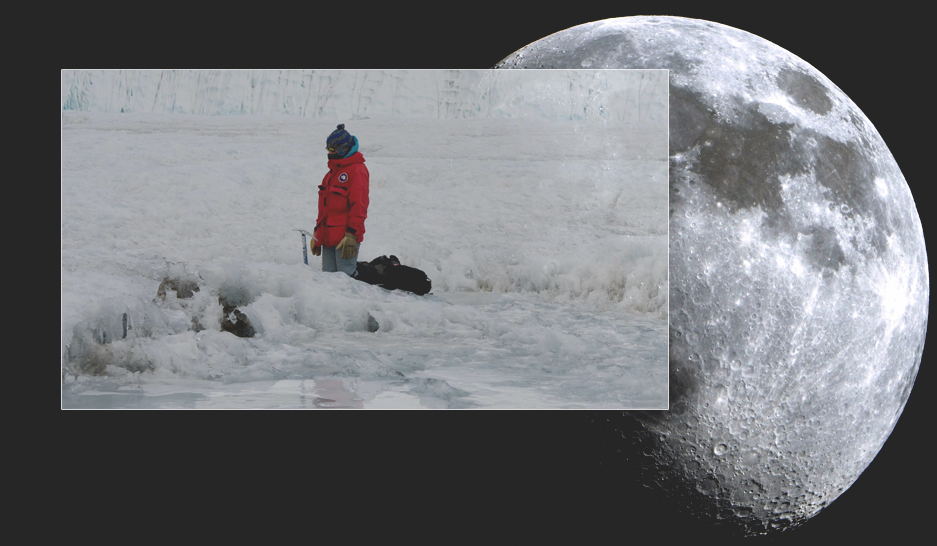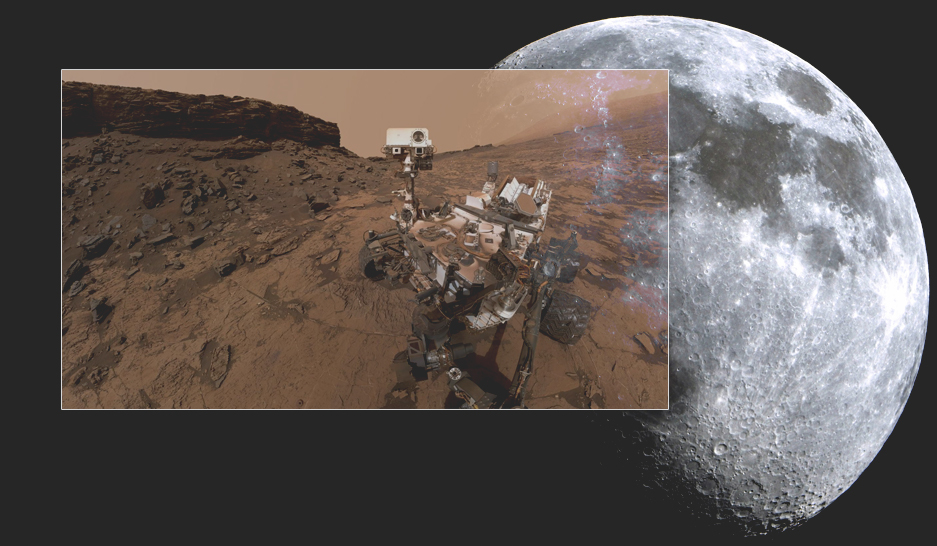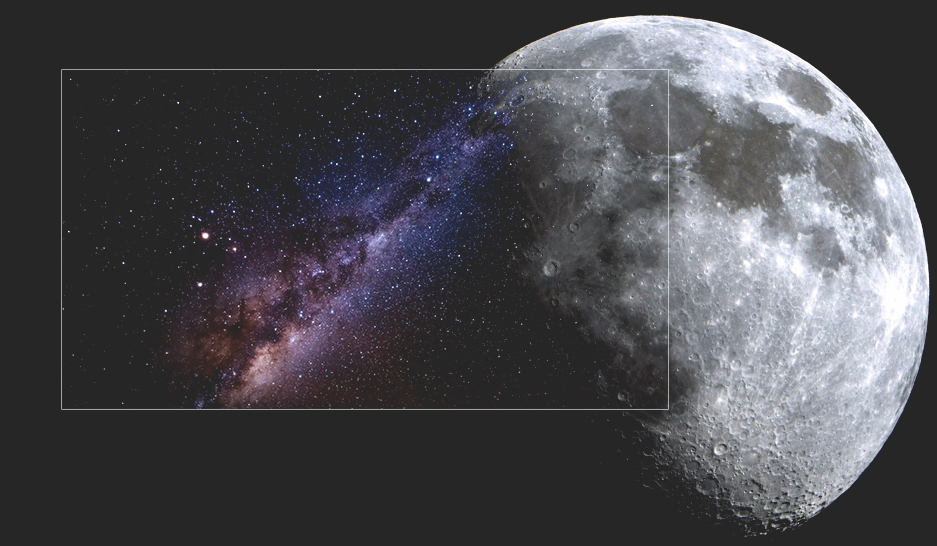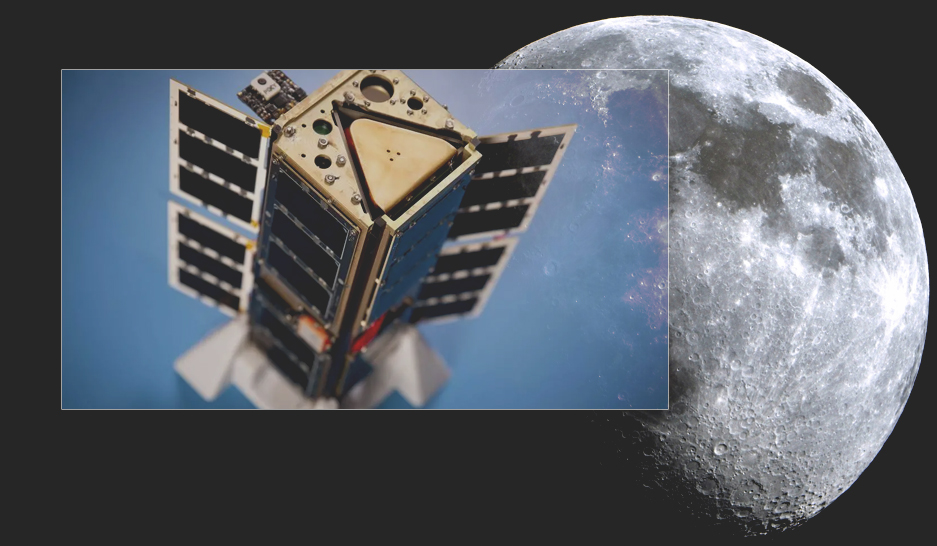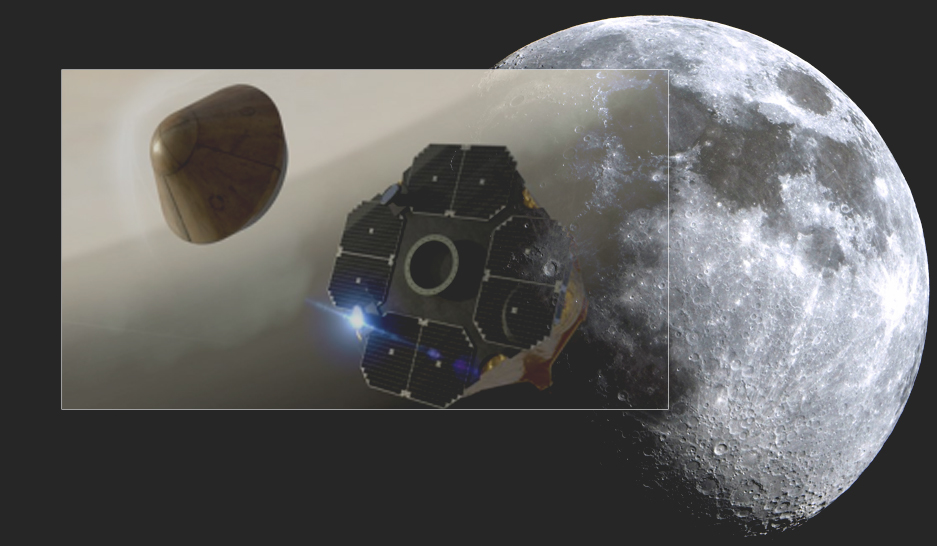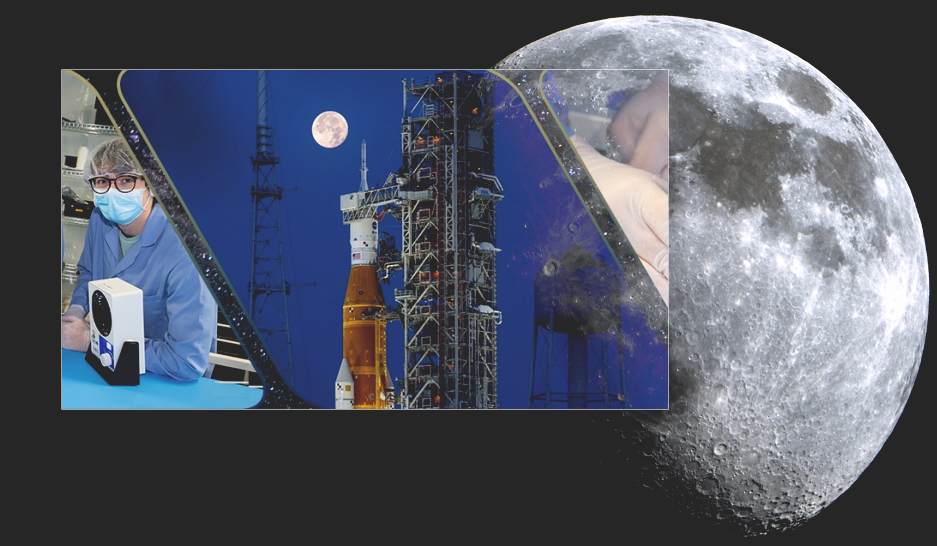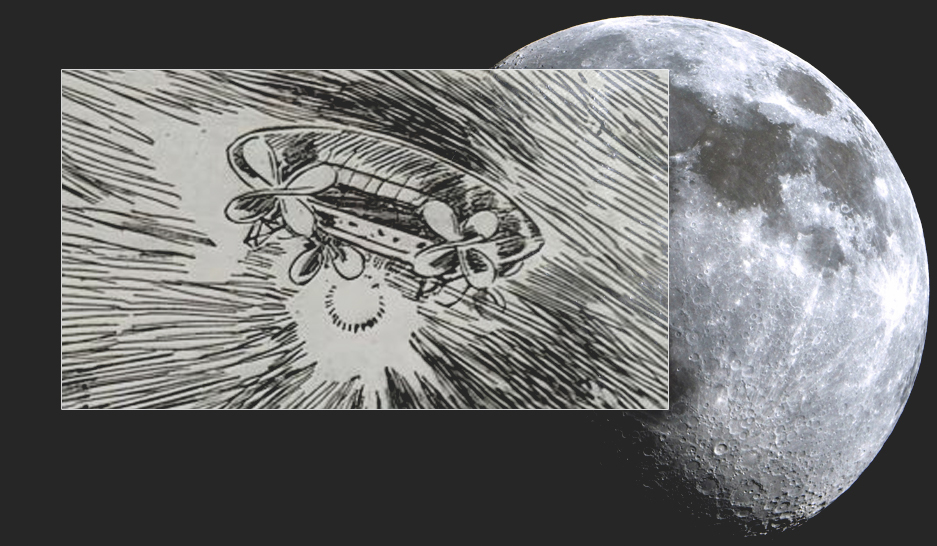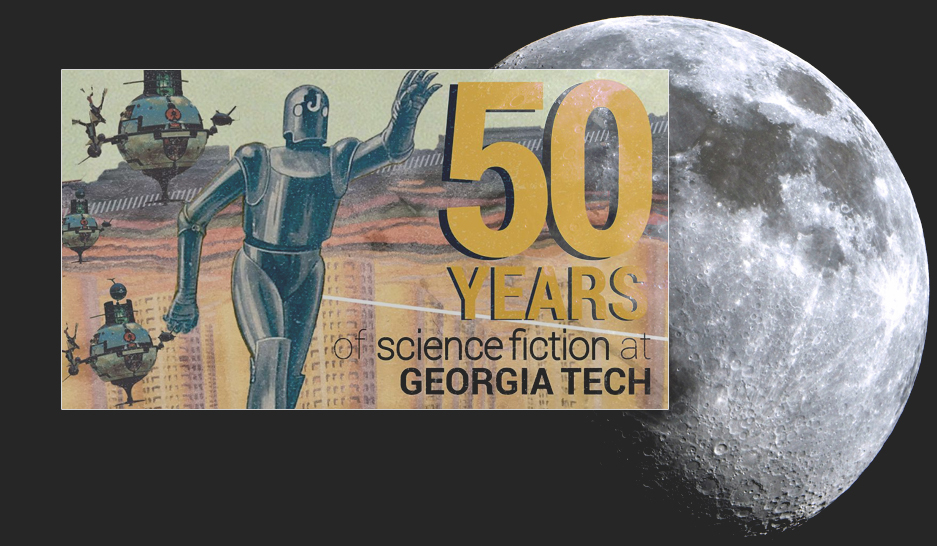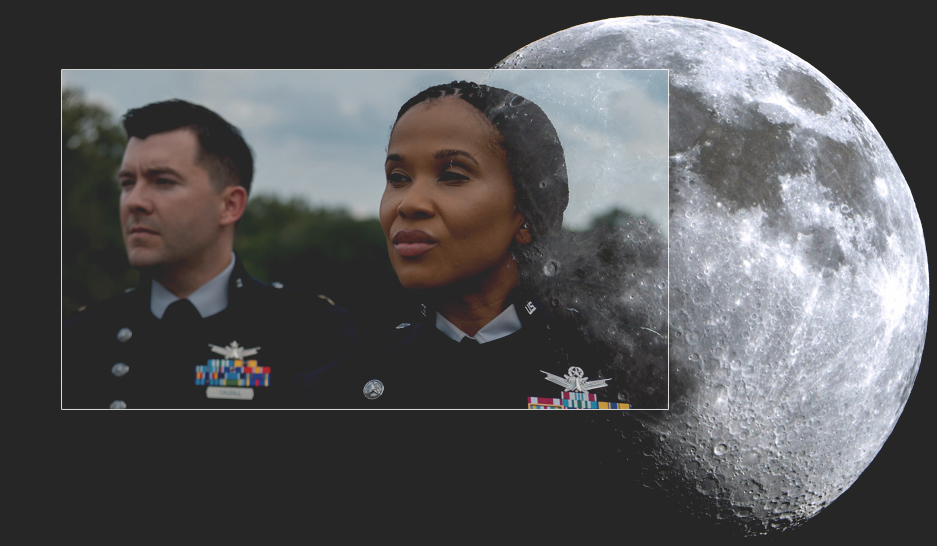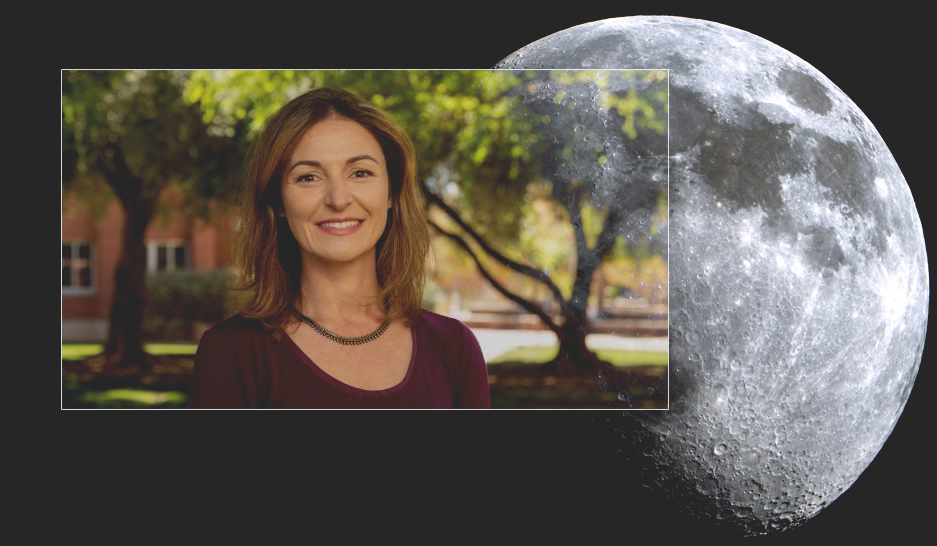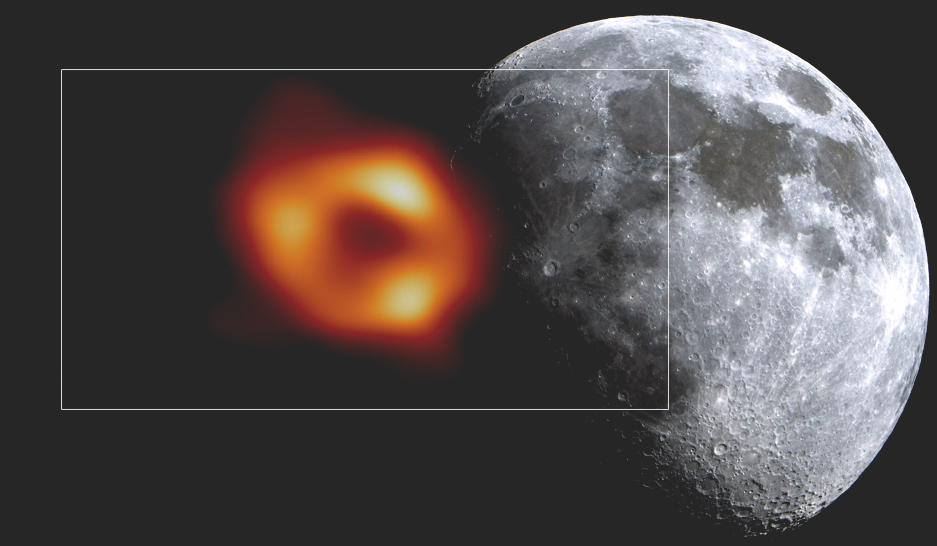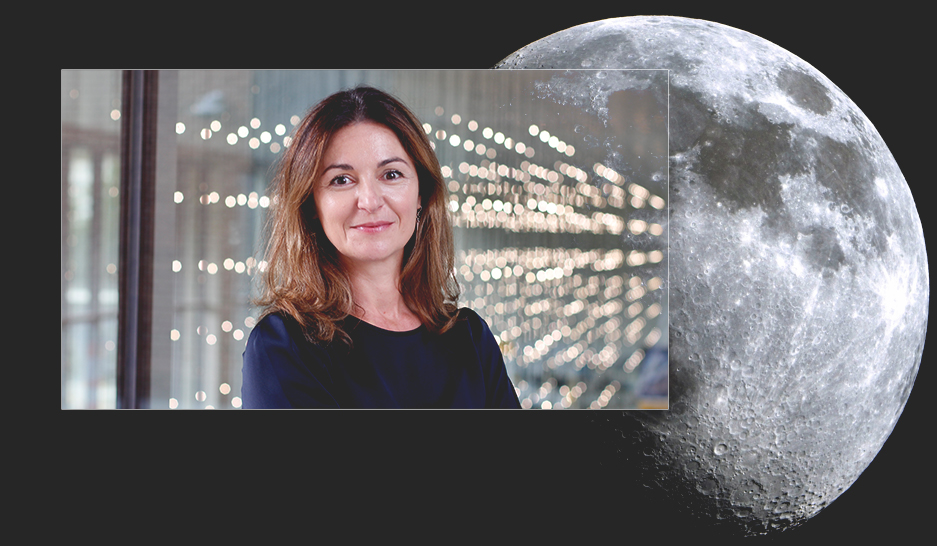
The launch of Artemis 1 is the first step in NASA's return to the moon. Georgia Tech experts from the College of Engineering, the College of Sciences, and the Ivan Allen College of Liberal Arts discuss why we are returning to the lunar surface, what we might find there, what it might mean for international politics, and why the moon matters for the future of space exploration.

Mariel Borowitz
What happens when multiple countries are on the moon?
Mitchell Walker
How has technology changed our outlook on moon exploration?
Frances Rivera-Hernández
What astrobiological questions will the moon help us answer?
Glenn Lightsey
What is different about these new missions to the moon?
Lisa Yaszek
Has science fiction inspired interest in returning to the moon?
Feryal Özel
How will the moon help us learn more about the universe?
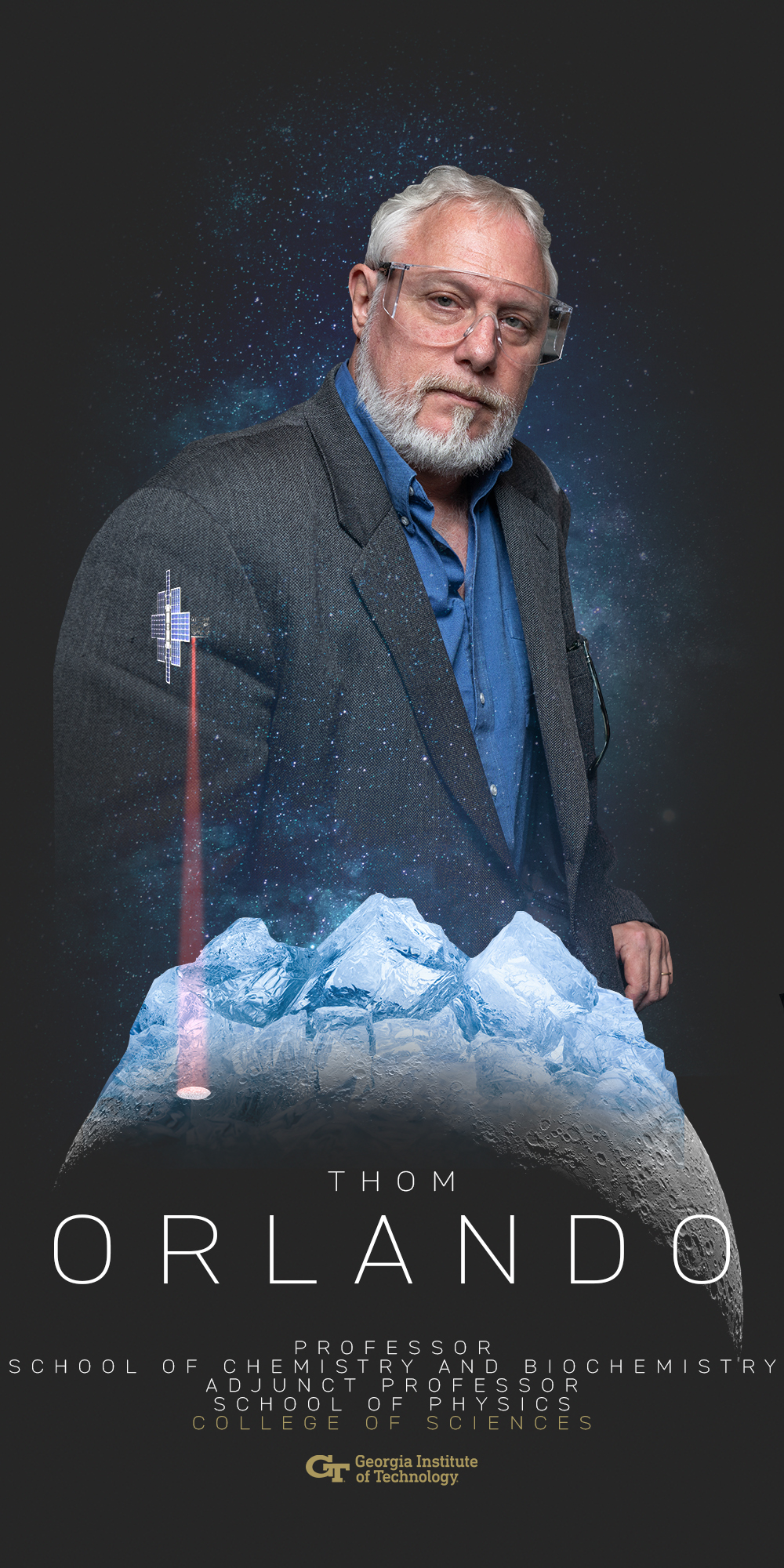
Why “go forward” to the moon
and why now?
The moon is our nearest planetary neighbor and it is certainly a big part of the reason why life can exist and persist on our planet. We took a giant leap forward during the Apollo mission days, but the last mission was about 50 years ago. Today the technology is much more advanced and humans have a collective quest to boldly go where no human has gone and stayed for a long time. The Artemis mission is the first giant step toward a sustainable presence on another place in our solar system. It will also allow humans to probe the origin, and geophysical and geochemical, evolution of the moon and Earth as well as the source of volatile molecules and Earth’s oceans.
Water is critical to life on Earth and it will also be critical to any sustained presence on the moon. The source of water on Earth, on the moon, or in any solar system is not really understood. Returning humans to the moon presents an opportunity to unravel this mystery, which may be tied to the mystery of the origin of life as we know it. The plan is to “follow” the water but we first need to know if it is there, how much is there, and how to get it. We also have to be careful since the pristine portions of the moon, the permanently shadowed regions and the polar caps, likely contain history and preserved clues regarding the chemical inventory available during planetary accretion. We do not want to mess this up with our presence.
The far side is “clean” with respect to radio signal interference, and access to the far side can allow a glimpse into the cosmic dark ages, which can help reveal the origin of the universe. It turns out both the far and near sides are not protected from the solar wind and cosmic ray irradiation so there are real health risks, for sure. However, we are going and radiation will not stop us. Instead, we have to monitor and stop the radiation and there are ways to do this. Also, the moon is actually a pretty dusty and dirty place, so risks related to dust can be high. These risks are not just health risks. Dust will interfere with the robots and technologies needed to operate on the moon. It could be like the 1930s Dust Bowl all of the time.
Though the risks associated with going to the moon are high, the rewards for humankind are far higher. Many countries have plans to be present on the moon, including the NASA Artemis program. — Thom Orlando
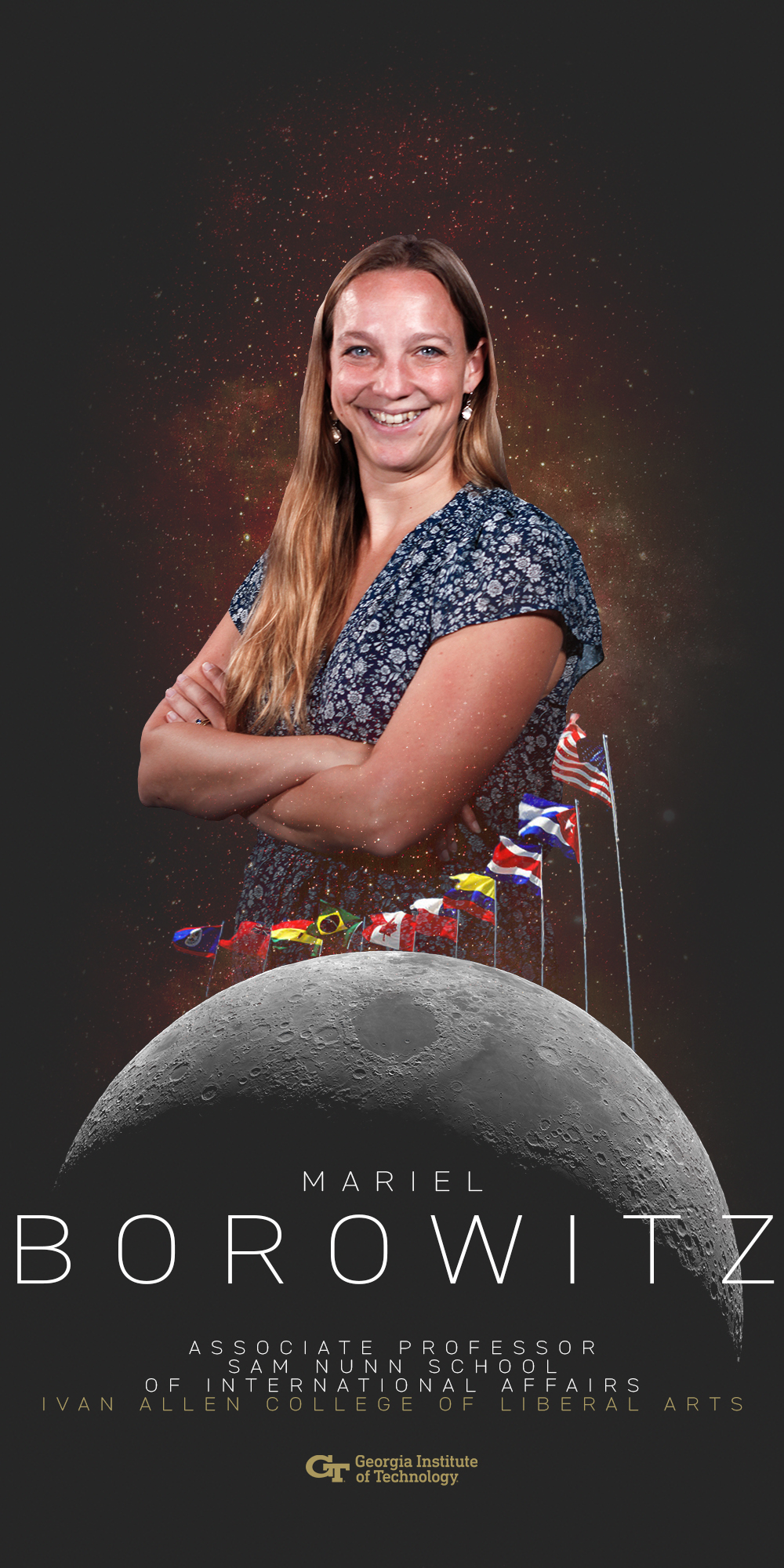
What happens when multiple countries have an international presence on the moon?
Human space exploration has long been a source of inspiration for people around the world. The ability to look up at the moon and know that there are humans living and working there would be an incredible feeling for many. To the extent that the United States leads in this effort, it can also help to generate national pride at home and increase American prestige abroad. When we undertake these efforts as an international community, partnering with other nations to achieve a common goal, it also helps to strengthen our international relationships and create a sense of global community.
The U.S. is partnering with Europe, Japan, and Canada on the development of the Lunar Gateway, an outpost that will orbit the moon, and 20 nations have signed the U.S. Artemis Accords, which outline principles for responsible lunar exploration and development. Russia and China have announced a separate effort to develop an International Lunar Research Station. Having two efforts underway may spur competition, fueling faster development as nations seek to increase prestige by being the first to accomplish major milestones.
Some argue that these lunar activities may also have military and economic significance. A number of companies are developing systems, such as landers and rovers, for the moon. Others hope to extract resources, such as water, from the lunar surface to lower the cost of space travel beyond Earth’s orbit. Such activities could eventually lead to a new cislunar economy. The U.S. Space Force has suggested that, given the rise in activity, the military should also be involved, perhaps by investing in infrastructure for position, navigation, and timing or by monitoring objects in cislunar space, similar to the way it operates GPS satellites and systems for monitoring space objects nearer to Earth.
There are many opportunities for development across civil, military, and commercial sectors, but also still many unknowns regarding how quickly, and in what ways, these activities will unfold. International engagement and discussion — even among potential competitors — will be essential to ensure that lunar exploration and development occur safely and sustainably. — Mariel Borowitz
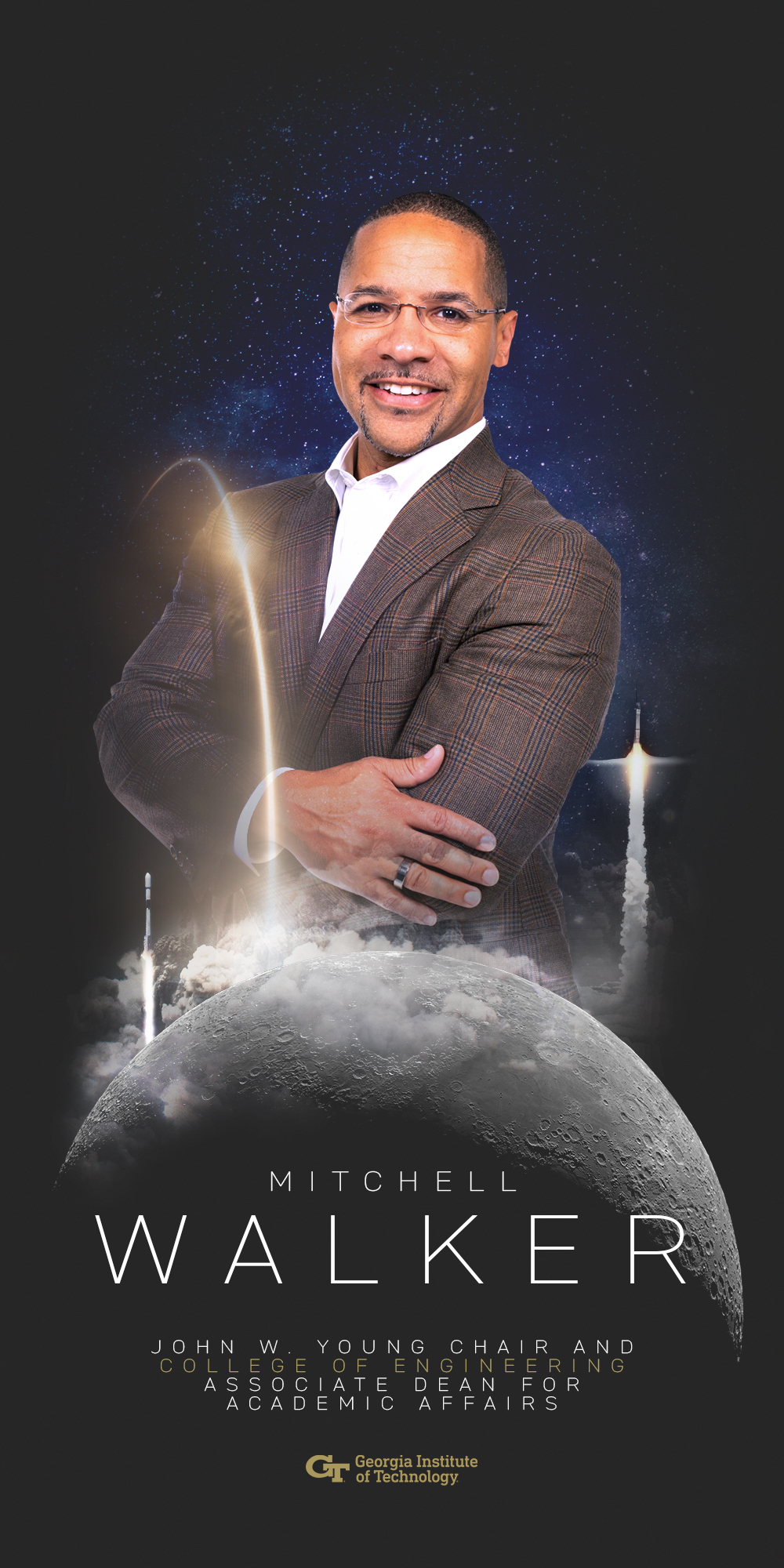
How has technology changed our outlook on exploring and traveling to the moon?
There were 84 worldwide orbital launches in 2000. With commercial space companies leading the way, there were 144 liftoffs last year, and 2022 could break that record.
This new era in space exploration calls to mind the years after America finished the first transcontinental railroad in 1869. Previously, if people wanted to travel from coast to coast, they often took a six-month sea journey around the tip of South America.
The railroad changed that. By linking both coasts, the weeklong, cross-country journey opened new areas of the nation for trade and commerce. Towns and cities were also founded along the route.
Just like the railway, rockets are bringing people and resources to new frontiers. Space is cheaper and more accessible than ever before. We will soon again land on the moon, opening a pathway to transport things to and from its surface. Eventually, we will do the same for Mars.
Cross-country trains changed America. Rockets are doing the same for the entire world — and beyond. — Mitchell Walker
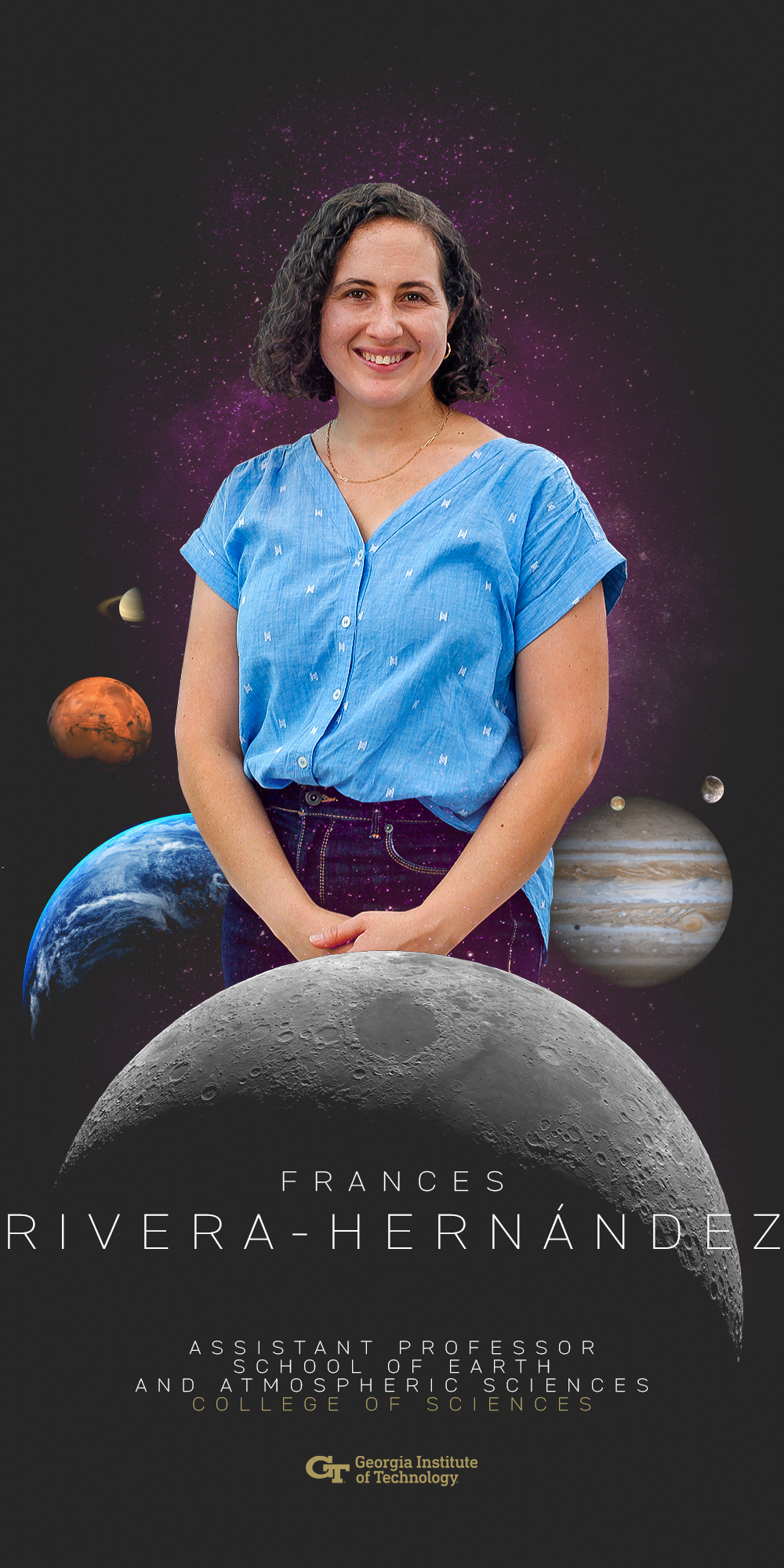
How will returning to the moon help us answer astrobiological questions and prepare us for human expeditions to Mars?
Exploration of the moon will be a key step forward in our understanding of how life emerged on Earth and will help address questions of astrobiological importance. While the moon likely never hosted life, its ancient surface is a geologic archive for the first billion years of the Earth and inner solar system that Earth itself does not record. During this time, impact cratering from the Late Heavy Bombardment influenced the conditions in which life on Earth emerged by affecting Earth’s surface environment and increasing delivery rates of organics and volatiles by the impactors.
In particular, there is a correspondence between the decline of impacts and the emergence of life on Earth. Detailed geologic analysis of lunar samples will help us better understand how cratering rates in the Earth-moon system changed over time and how they may relate to the origins of life. The lunar surface may also record Earth meteorites caused by large impacts blasting material from the Earth’s crust. These Earth meteorites may preserve evidence of early Earth’s surface environment and prebiotic organic molecules that may have been delivered to Earth by impactors. Prebiotic molecules delivered by cometary material may also be preserved in the ice and volatile reservoirs in the lunar poles. The delivery of volatiles by comets likely played an important role in forming our oceans and atmosphere — both of which are crucial for our survival on our planet.
The new age of exploration of the moon will also help set the stage for future astrobiology activities on Mars. The search for past evidence of microbial life on Mars is one of the main goals of Mars Sample Return and NASA’s Mars Exploration program. By assessing the rate of microbial contamination by human activities on the moon, we will get a better understanding of the potential impacts of biological contamination in our search for life on Mars. — Frances Rivera-Hernández
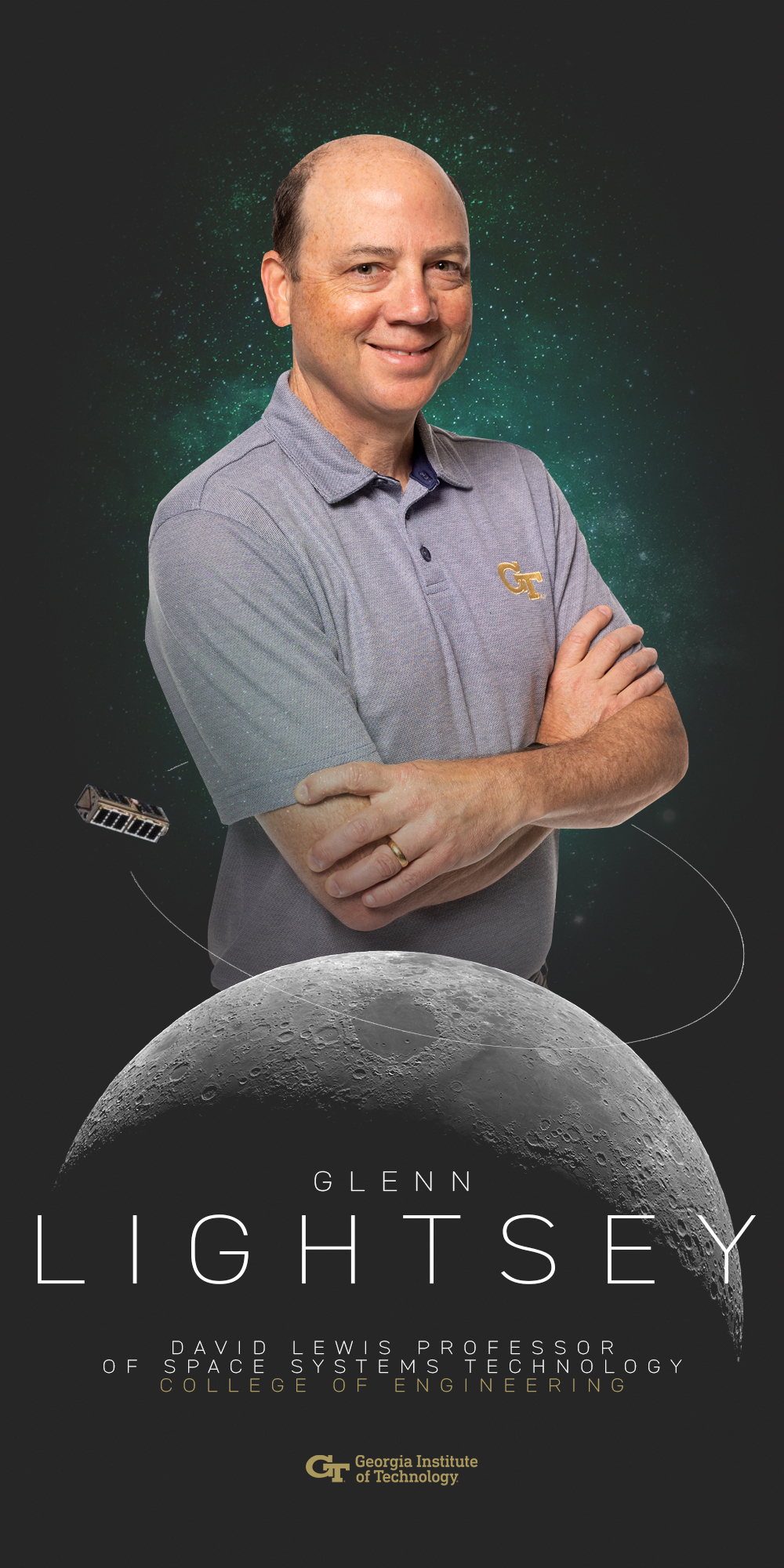
What is different about these new missions to the moon?
I think of the Apollo program as more of a backpack trip. Just like hikers, the astronauts took everything with them and brought it back.
The Apollo missions also didn't have a succession plan. It was an incredible story and achievement, but no one was ready for the next step.
Now we are.
Artemis is fundamentally different. It will allow us to send supplies and build a house on the moon, creating resources that will allow humans to live there indefinitely. It might take 20 years or so to create a permanent habitation. That might sound like a long time, but it really isn’t. Twenty years is less than a career span for our students.
Even if you include Apollo as the first step of living away from Earth, it could take 70 total years. Again, that’s not a long time. As one comparison, it took millions of years for humans to evolve and adapt to Earth. It will take just a lifespan of technology and innovation to live somewhere other than our home planet.
To take it one step further, babies will someday be born on the moon, perhaps within the lifetime of our students. Think about that: people born someplace other than Earth.
This is one of the most epic moments in human progress. For all that we celebrate about Apollo and its moment in history, this is larger. We’re about to do something that has never been done before. This is when we step off the planet to stay, preparing to become a multi-planet species.
Aerospace engineers read science fiction. This is what we dream about, but now we’re doing it for real. I can’t wait. — Glenn Lightsey
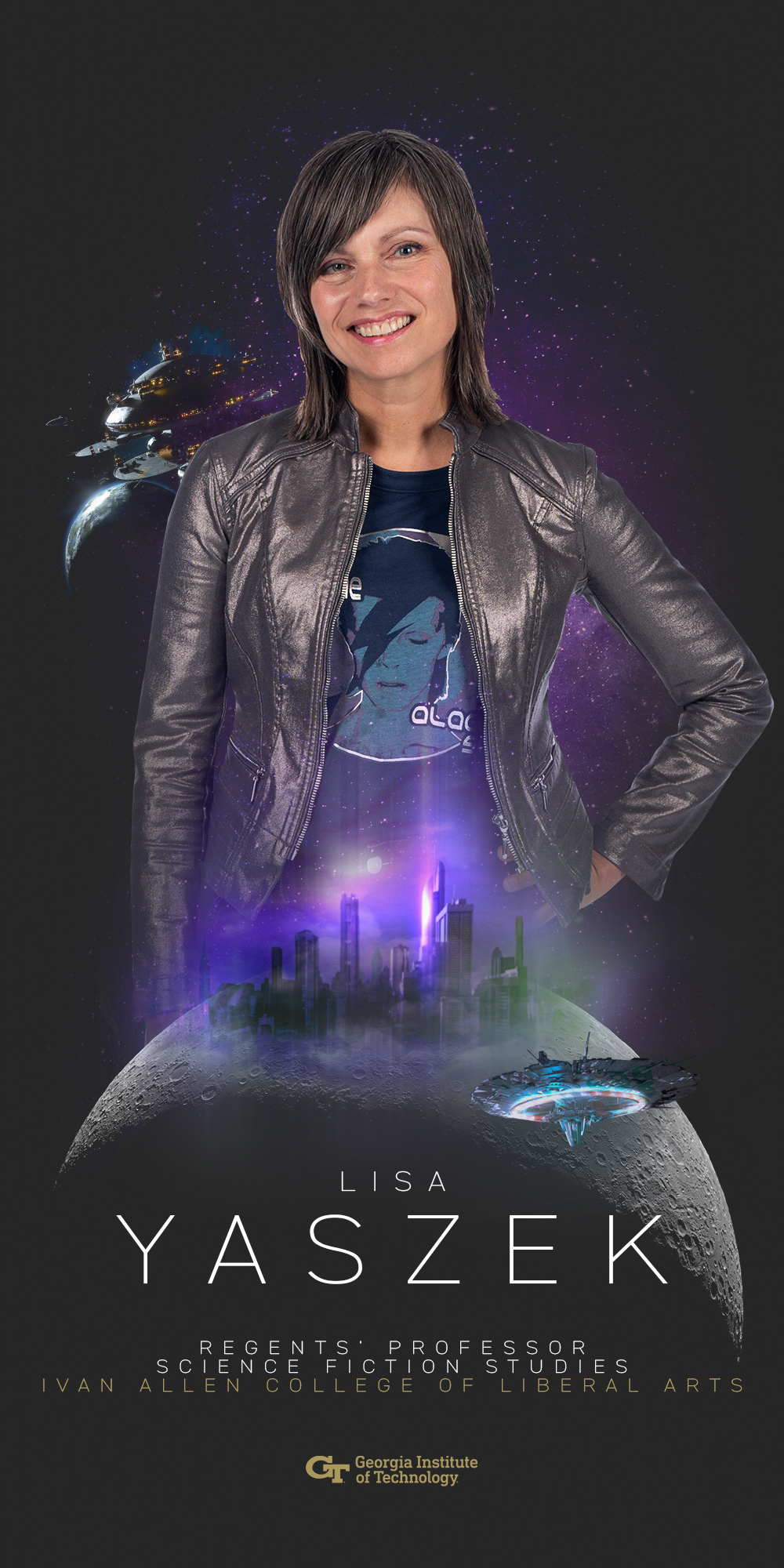
How has science fiction inspired current interest in returning to the moon?
Once upon a time, the space race was the province of global superpowers competing for technological and political supremacy. Today, however, private companies play increasingly important roles in space exploration as they launch satellites, resupply the International Space Station, and even offer entertainment-oriented space flight to private citizens.
What’s particularly fascinating about this new development is that the founders of today’s three major private space companies — Elon Musk of SpaceX, Jeff Bezos of Blue Origin, and Richard Branson of Virgin Galactic — all claim science fiction as their source of inspiration! Musk has been particularly vocal about his debt to the genre, tweeting that Isaac Asimov’s Foundation novels (about scientists trying to change the course of history and prevent the total collapse of galactic civilization) “are fundamental to the creation of SpaceX.” In a similar vein, both Bezos and Branson credit Star Trek as propelling the creation of their own space companies. Indeed, Bezos is such a hardcore Star Trek fan that he modeled Amazon’s AI Alexa on the Enterprise shipboard computer, named one of his holding companies Zefram LLC after the Star Trek character who invented the warp drive, and played a walk-on part in the 2016 film Star Trek Beyond.
What I find particularly interesting is that all three of these men are living embodiments of a science fiction character type I call “the creative capitalist,” which was invented by another science fiction author they all remember fondly: Robert Heinlein. He first introduced readers to this character in the 1949 novella The Man Who Sold the Moon, which follows the adventures of a fictional robber baron who builds a coalition of corporations, governments, and media to create the first viable space company — and, not coincidentally, to secure the moon as his own private resource, free from government interference. Similar ideas are central to the screenplay that Heinlein wrote for the 1950 film Destination Moon, which also imagines a future where private industries conquer outer space and governments are forced to rent or purchase their technologies to compete in this new frontier.
Space travel isn’t just the province of global superpowers or high-tech billionaires. Today, 77 different countries have government space agencies. In other words, we live in a world that is a lot more like the sexually and racially diverse futures of Star Trek than the often male-oriented, Euro/western futures of Heinlein and Asimov. Feminist science fiction authors often ask us to imagine how the future of space travel and colonization might be different — and better for many — if the scientific and social practices of women and queer people were made central to those efforts. Indeed, this thought experiment is central to the successful moon colonies of both Ursula K. Le Guin’s award-winning The Dispossessed (1974) and Samuel R. Delany’s critically acclaimed Triton (1976).
Finally, given the diversity of countries involved in the modern space race, I’d love to see our space moguls reading and watching space fiction from outside the U.S. as well. That might include Duncan Jones’ Moon (UK, 2009), Zen Cho’s “The Four Generations of Chang E” (Malaysia, 2011), Nick Wood’s “Azania” (South Africa, 2012), Nanobeh Becker’s The 6th World (Dine/Navajo, 2012), Hannu Rajaniemi’s “Tyche and the Ants” (Finland, 2015), and Choi Hang-yong’s The Silent Sea (Korea, 2021-present). Taken together, these stories serve as a virtual laboratory of the future, allowing us to explore the diverse array of technoscientific practices that are most likely to truly make the stars ours. — Lisa Yaszek
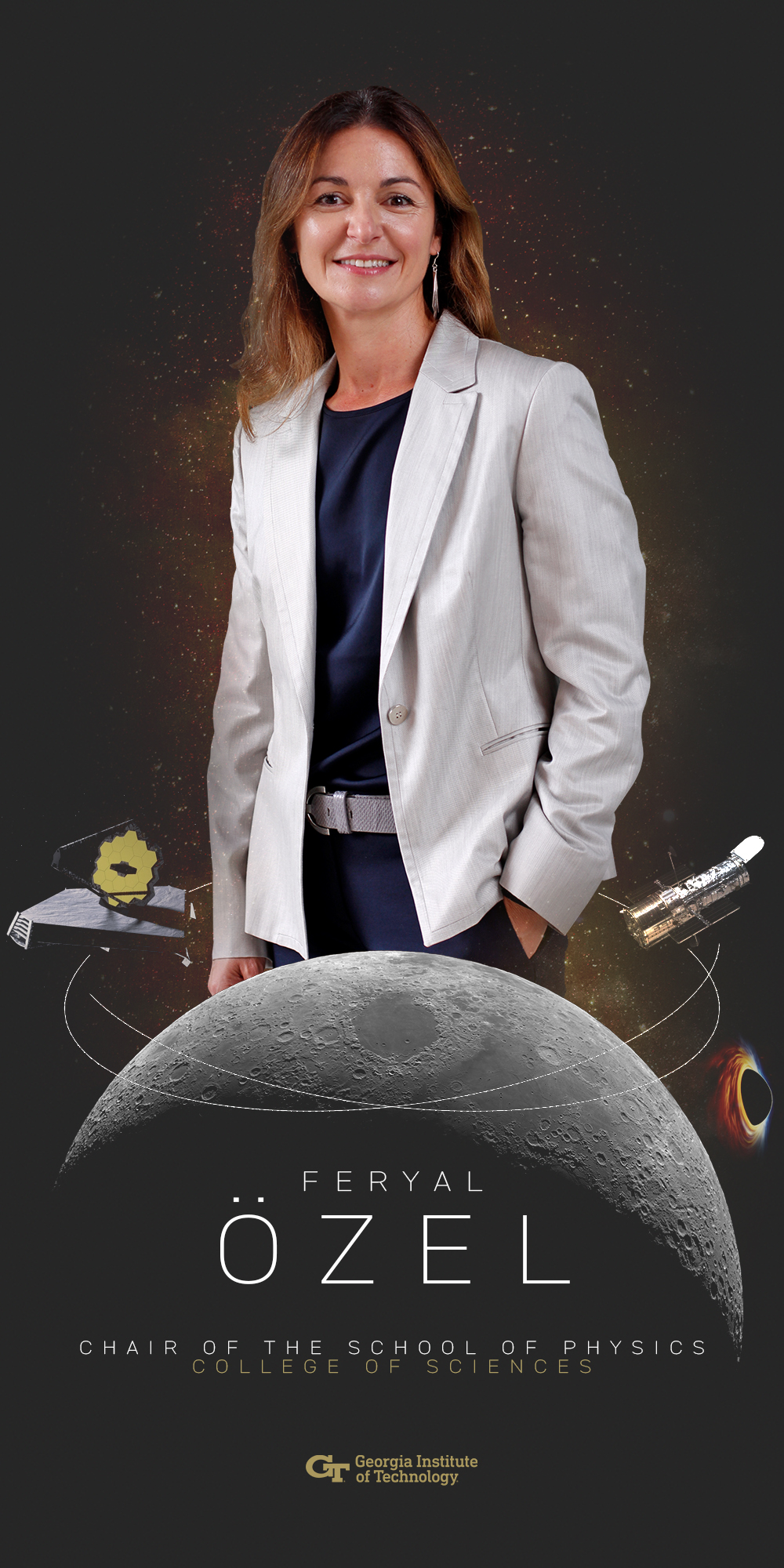
How will a presence on the moon help us learn more about the universe?
The astrophysics community is abuzz with excitement about the new initiative to return to the moon. The moon and its environment support the exploration of our universe in two ways. The first is using the moon and orbits around it to place telescopes for exploring the far reaches of the cosmos. The second way is using the moon as a launchpad to explore our solar system and experiment with the habitability of planets, as we search for habitable planets elsewhere in the Milky Way.
The far side of the moon provides a quiet environment for observations in the radio waves, free from the interference of TV, wireless, and communications signals on Earth that overpower astrophysical ones. A telescope on the far side of the moon would help us listen to the faint signals from the early universe produced by hydrogen assembling into galaxies and clusters, allowing us to make the most sensitive observations of the cosmic dark ages yet. A telescope orbiting around the moon and working in tandem with ones on Earth could provide the highest resolution images of the universe ever obtained, bringing more galaxies, black holes, and their powerful jets into sharp focus.
The moon also provides an opportune location for interplanetary exploration within our own solar system. With its weaker gravity, launching spacecraft from the surface of the moon can help get larger payloads to Mars and carry out experiments on habitability outside of Earth. Our hope is that these experiments will shed further light on the question of what makes a planet habitable and help with our quest to look for life elsewhere in the universe. — Feryal Özel
Credits
Design: Brice Zimmerman
Design Support: Darin Givens
Photography: Joya Chapman, Rob Felt, Candler Hobbs, Brice Zimmerman
Editor: Stacy Braukman
Special Thanks to:
Jess Hunt-Ralston - College of Sciences
Jason Maderer - College of Engineering
Cassidy Whittle - Ivan Allen College of Liberal Arts
Georgia Parmelee - Institute Communications
